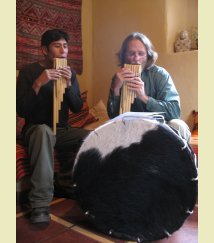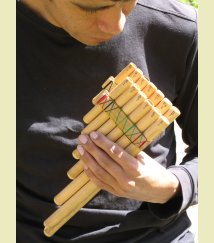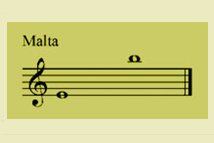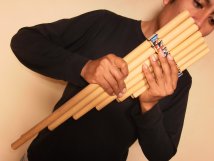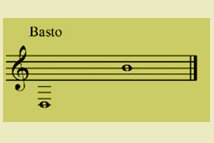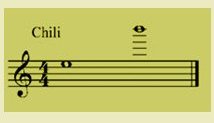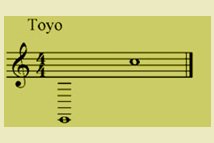ZAMPOÑA (ANDEAN PAN FLUTE) – INDIVIDUAL COURSES AND WORKSHOP
FEEL THE MAGIC OF ANDEAN FOLKLORE
|
The zampoña is one of the most popular instruments in South America, and it´s very easy to learn to play it. Enjoy interpreting unforgettable songs, such as El Cóndor Pasa, Camino de llamas, Canción y Huayno, and lots more. We´ll adapt the program according to your musical experience and interests. You´ll start to play your favorite song from the first lesson! As its origins date back to pre-Colombian times, the contemporaneous zampoña, adapted to the academic musical system, comes in two versions: The diatonic and chromatic. Which one of these zampoñas is the most recommendable one to play? It all depends on the flute player and the style of music he/she wants to play.
The zampoña´s magic and fascination are in the syncretism between the academic and traditional musical systems, in their organology and execution technique. PANORAMA OF THE THEMATIC CONTENT:
|
Listen Zampoña |
|
Malta |
|
|
Fiesta, fiesta |
|
|
Jueves de otoño |
|
|
Susurro |
|
|
Pampa lirimac |
|
Basto |
|
|
Hombres y pueblos |
|
Toyo |
|
|
Atacameños |
|
The Family of Zampoña in DetailTHE DIATONIC ZAMPOÑAThe zampoña is composed of two rows of pipes; Arka and Ira. In general, the materials used in its making are bamboo canes from tropical areas. The varieties we present here are the standardized ones, within the Andes´ urban music. The most common tuning, used by the musicians, is G and this is, for all sizes. The denominations for each size we use here, are the ones mostly used in musical scenes, as the variations can be given, according to the geographical environment, language, time period or even, to the musical groups. The same thing goes with the sizes that can have very slight variations. Register
|
|
|
MaltaThe malta is the predominant instrument in the Andean urban folklore and its average size is of 28.50 cm. for the largest pipe. Commonly, the Arka is made of 7 pipes and the Ira, of 6 (Maltaof 6, 7). However, among musicians, it also is frequent to see maltas of 8 and 7 or 9 and 8 pipes. |
Register
|
|
BastoIt is an excellent complement to the malta and the size of a 6,7 basto, is of about 58 cm. in average. For the rest, the tuning and distribution of the notes of the scale obey to the same principle than that of the malta. In general, its intervention is done giving the octave and counterpoint to the other wind instruments or as a background to a voice. |
Register
|
|
CHILIThe chili is the smallest of the family and its use, in popular groups, is sporadic. Sometimes, it is played as a solo, in some part of a song or simultaneously, with other instruments and especially, with wind instruments. Its average size is of 14 cm. |
Register
|
TOYOThe toyo is the largest instrument in the pan flute family and its size can reach 1.35 m. In general, it is used as a soloist instrument, played by two musicians. In the region of Puno and Bolivia, there are traditional style ensembles, with a minimum of 12 members, composed of percussions and toyos. |
Register
|
|
THE CHROMATIC ZAMPOÑAThe chromatic zampoña is an extension of the diatonic pan flute previously described. It has the twelve half tones which give it the equivalence to any modern universal instrument. Regarding the rows of pipes, the zampoña we use is of two rows. However, there also are other versions. As far as the size is concerned, in general, the medium size chromatic zampoña already is a combination of malta and chili. |
|





